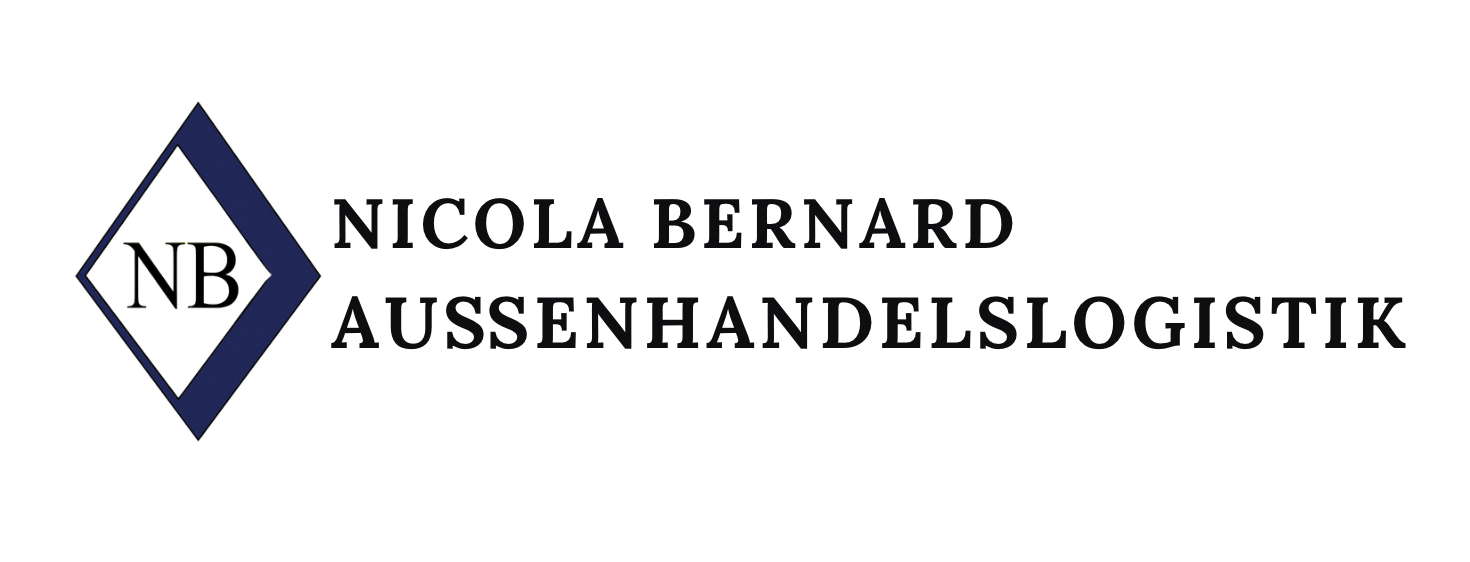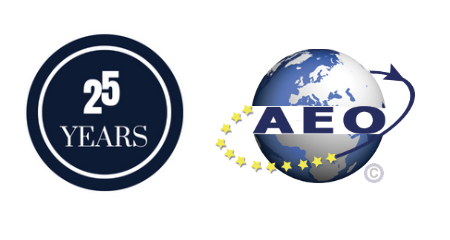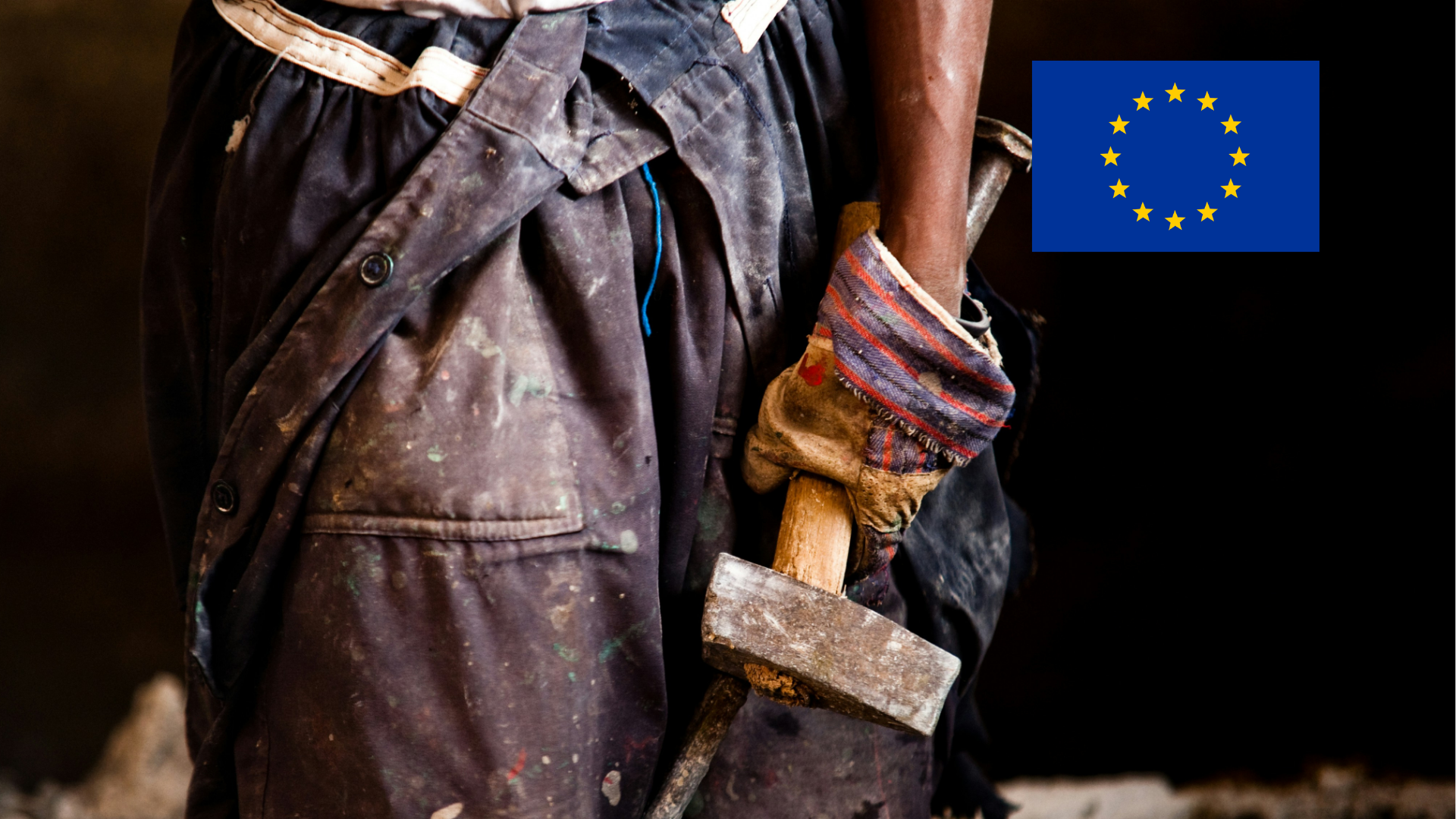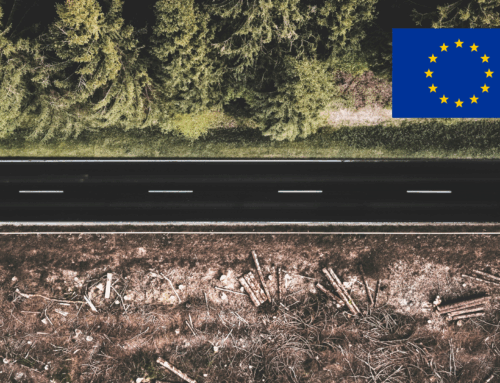The EU Forced Labour Regulation (FLR) was published in the Official Journal of the European Union in December 2024. Products manufactured using forced labour will no longer be allowed to be traded or exported within the EU internal market. The EU is thus expanding the existing framework of international regulations for the protection of human rights along global supply chains.
Start date and scope
The regulation will apply in full in all EU Member States from 14 December 2027. Companies should therefore review their supply chains at an early stage and identify potential risks. This affects not only producers, but also raw material suppliers, farmers, exporters and importers of intermediate products.
What constitutes forced labour?
The basis for the definition is Convention No. 29 of the International Labour Organisation (ILO). It classifies any activity as forced labour that is carried out under threat of punishment and is not performed on a voluntary basis. This also includes child labour.
From voluntary to mandatory
Until now, compliance with human rights standards has been a matter of voluntary initiatives for many companies, for example in accordance with UN or OECD guidelines. With the FLR, these efforts are becoming binding: companies must take measures to detect, prevent or eliminate forced labour in their supply chains. In addition to legal requirements, standards, recommendations or industry-specific guidelines can also be used for this purpose.
Control and sanctions
Enforcement of the regulation is the responsibility of the Member States. A risk-based approach by the competent authorities is envisaged, ranging from investigations to decisions and sanctions. Anyone who violates the regulation will face penalties. However, details of the exact structure are still pending.
Next steps
Implementation will take place in stages: the first obligations for Member States will take effect in 2025, with further obligations following in 2026, until full application comes into force in December 2027. For companies, this means taking action now and preparing their supply chains for potential risks of forced labour.
Source: Reguvis – Newsletter „Außenwirtschaft“ September 2025 (in German)






